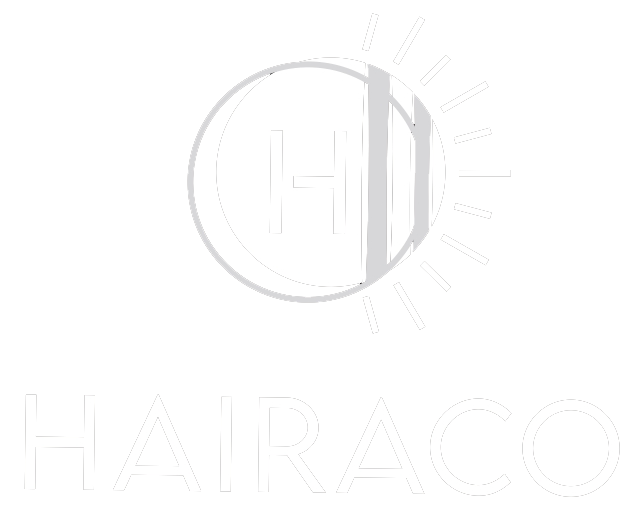Hair coloring boards are indispensable tools for professional hairstylists aiming to deliver precise and vibrant hair color applications. These tools allow stylists to execute a variety of creative color techniques with accuracy and ease. Whether you are a seasoned stylist or just starting, understanding how to use hair coloring boards effectively can elevate your skills and client satisfaction. In this article, we’ll explore essential tips for mastering hair coloring boards and achieving stunning, creative results.
Understanding Hair Coloring Boards
Hair coloring boards, also known as balayage boards or color paddles, are flat surfaces that provide support and stability during the coloring process. They come in various shapes and sizes, often made of plastic or acrylic, ensuring they are lightweight and easy to clean. Their primary function is to offer a solid backing for hair sections, allowing stylists to apply color evenly and accurately.
Choosing the Right Coloring Board
Selecting the right board for your technique is crucial. Here are a few options:
- Classic Flat Boards: Ideal for general use, providing versatile support for various coloring techniques.
- Curved Boards: These are perfect for blending colors seamlessly with the natural contours of the head, especially for balayage and freehand painting.
- Textured Boards: Option with a rough surface to help hold hair in place, ensuring minimal slippage during application.
Preparing for the Coloring Process
Proper preparation can make a significant difference. Here’s what you need to do:
- Ensure the board is clean and dry to avoid any unwanted color mixing.
- Divide hair into manageable sections and secure them with clips.
- Mix your color thoroughly to avoid any inconsistencies in application.
Applying Color Techniques with Precision
Balayage
Balayage is a popular technique where color is painted freehand onto the hair. A curved or classic flat board works best for this method. The board allows you to hold the section of hair taut and provide a smooth surface for the brush strokes. The result is natural, sun-kissed highlights that blend seamlessly.
Ombré
For an effortless ombré look, use a classic flat board to apply color gradually from the mid-shaft to the ends of the hair. The board helps in maintaining a consistent application and achieving a gradual transition of color shades without harsh lines.
Highlights
When creating highlights, a textured board is beneficial. It holds the hair in place, ensuring precision. Apply foils or meche sheets over the board to prevent color bleeding and to keep the highlights distinct and evenly spaced.
Expert Tips for Best Results
Here are some expert tips to further enhance your use of hair coloring boards:
- Angle the Board: Keep the coloring board at a slight angle for easier application and better control.
- Steady Hand: Firmly hold the board and maintain a steady hand to prevent slipping, ensuring precise color placement.
- Layer Techniques: Experiment with layering different techniques on the same section to create unique, multi-dimensional effects.
- Cleaning: Regularly clean the board with warm soapy water or an appropriate cleaner to maintain hygiene and prevent color transfer.
- Practice: Like any skill, practice makes perfect. Experiment with different techniques and boards to discover what works best for you.
Conclusion
Mastering the use of hair coloring boards can significantly enhance your ability to deliver creative and customized coloring techniques. By selecting the right board, preparing meticulously, and applying the color precisely, you can achieve professional and artistic results. Remember, practice and experimentation are key to mastering these tools and elevating your hairstyling repertoire.
For top-quality hair coloring boards and accessories, check out Hairaco’s range of products designed to meet the needs of professional stylists. Equip yourself with the best tools, and watch your creative skills shine!

